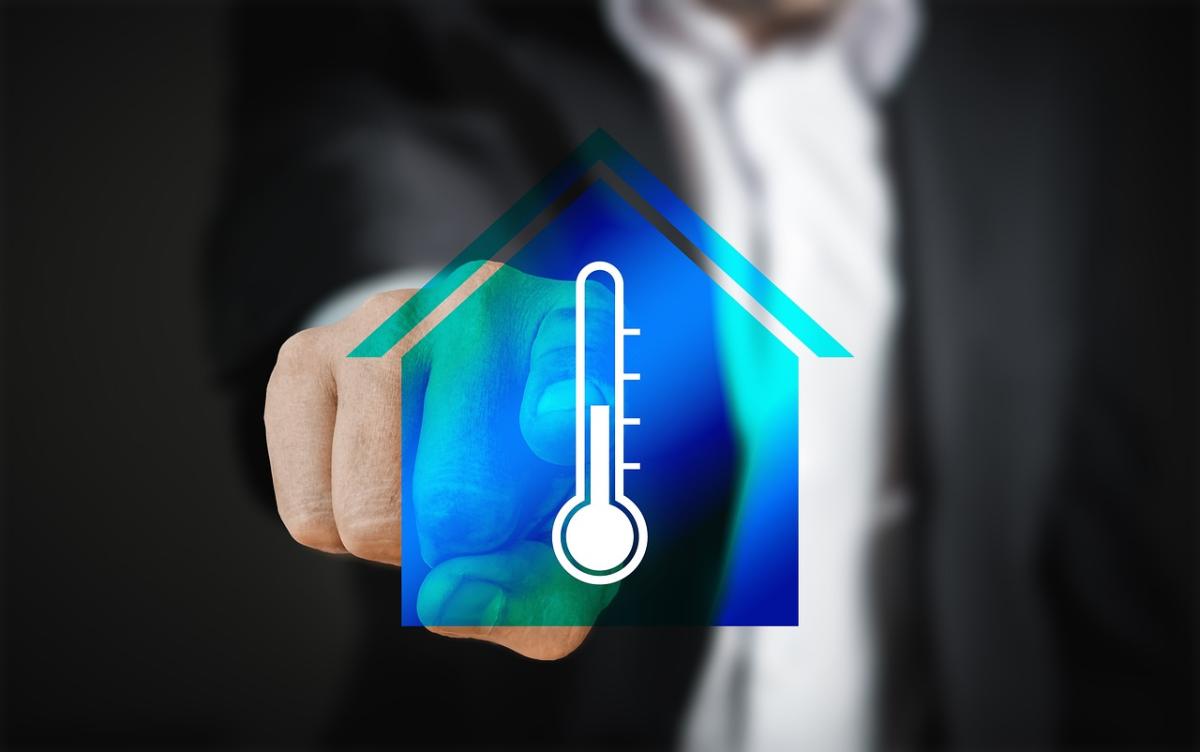Home automation can feel a bit overwhelming at first, but it’s actually pretty simple once you break it down. At its core, home automation is all about making your life easier and more convenient by using technology to control things in your home. Imagine being able to control your lights, thermostat, security system, and even your appliances from your smartphone or tablet. Sounds great, right?
One of the first things to understand is that home automation relies on smart devices. These include things like smart lights, smart speakers, and smart locks. Each device connects to your Wi-Fi network and can be controlled through an app. You can set schedules, monitor your home, and create scenes that change multiple devices at once. For example, you can set your lights to dim and your thermostat to a cozy temperature when it’s time to relax after work.
Don’t worry if you’re not tech-savvy! Most smart devices are designed with beginners in mind. They come with user-friendly apps that guide you through the setup process. You can start small by adding a smart light bulb. It’s a low-cost and fun way to see how easy home automation can be. Once you see how convenient it is, you might want to explore other smart products.
Communication between devices plays a big part in home automation. Many devices use protocols like Zigbee or Z-Wave, which help them talk to each other. If you want to have different devices work together, look for a smart hub. A hub acts as a central command for all your smart devices, letting them interact with each other seamlessly. This way, you can create some truly cool automation routines!
Choosing the Right Devices for Your Home
When you start diving into home automation, the choices can feel overwhelming. Don’t stress! The key is to pick devices that fit your lifestyle and needs. Here are some things to think about.
First up, think about what you really want to automate. Do you want to control your lights, adjust your thermostat, or maybe add security features? Make a list of tasks or features that would make your life easier. For instance:
Next, consider compatibility with your existing devices. Some brands play nice together, while others don’t. For example, if you have an Alexa, you'll want devices that work seamlessly with it. Check for compatibility labels and make sure the devices you choose can communicate with each other. This will save you headaches down the line!
Lastly, think about your budget. You can find great devices at all price points. Start small if you’re unsure. Get one or two devices, test them out, and expand from there. It's all about finding what works best for your home without breaking the bank.
Setting Up Your First Smart System
Getting started with your first smart system doesn’t have to be overwhelming. In fact, it's pretty exciting! You can transform your home into a tech-savvy space in just a few steps. First things first, decide what you want to automate. Do you want to control lights, security, or maybe the thermostat? Making a list of your priorities helps you figure out what to start with.
Next, pick a smart hub or platform. This is like your home’s command center. Popular options like Amazon Alexa, Google Assistant, and Apple HomeKit can connect various devices and let you control them all from one app. Look for one that works seamlessly with devices you’re considering. Compatibility is key!
Once you have your hub ready, it’s time to choose your devices. Start simple. Smart bulbs are a great entry point. You can easily install them, and they often don’t require any special wiring. After that, think about adding smart plugs or a smart thermostat. Each device has its own app, but they should also work nicely with your main hub.
Installation is usually straightforward. Most devices can be set up through a quick app process. Just follow the instructions, and it should only take a few minutes per device. Don't forget to customize settings like schedules or scenes to match your lifestyle. This is where the magic happens, making your home work for you, not the other way around.
Finally, have fun exploring all the features! You can control everything from your phone, set voice commands, and even create automation rules that make your life easier. As you get comfortable, you can always expand your system with more devices. Enjoy your journey into the world of home automation!
Tips for Easy Automation Integration
Getting started with home automation can feel a bit overwhelming, but it doesn’t have to be! Here are some tips to help you integrate everything smoothly. First off, pick a central hub. A smart hub connects all your devices—like lights, cameras, and thermostats—into one nifty app. This makes controlling your home super simple.
Next, think about compatibility. When shopping for smart devices, check if they easily connect with your chosen hub. Brands often have devices that work best together, so sticking to one brand can save you a headache down the road.
Start with the essentials. You don’t need to automate every single thing right away! Focus on a few core items that’ll make a real difference. Smart bulbs, smart plugs, or a smart thermostat are great starting points. You’ll notice the convenience, and it will motivate you to add more features over time.
Lastly, take your time exploring the app settings. Most smart device apps have customizable features you might not notice right away. Set timers, create routines, or even link devices to each other for even smoother operation. Play around with these options until you find what works best for you and your home.



